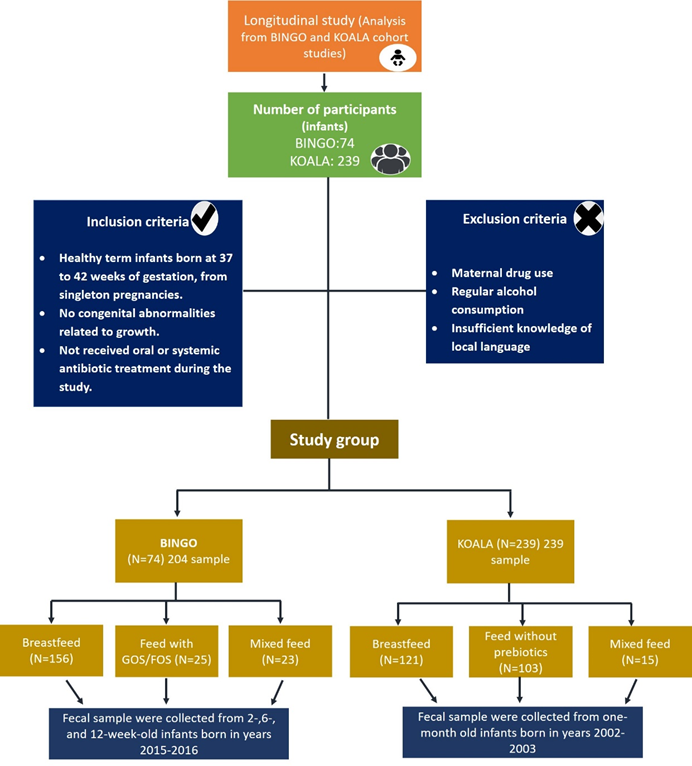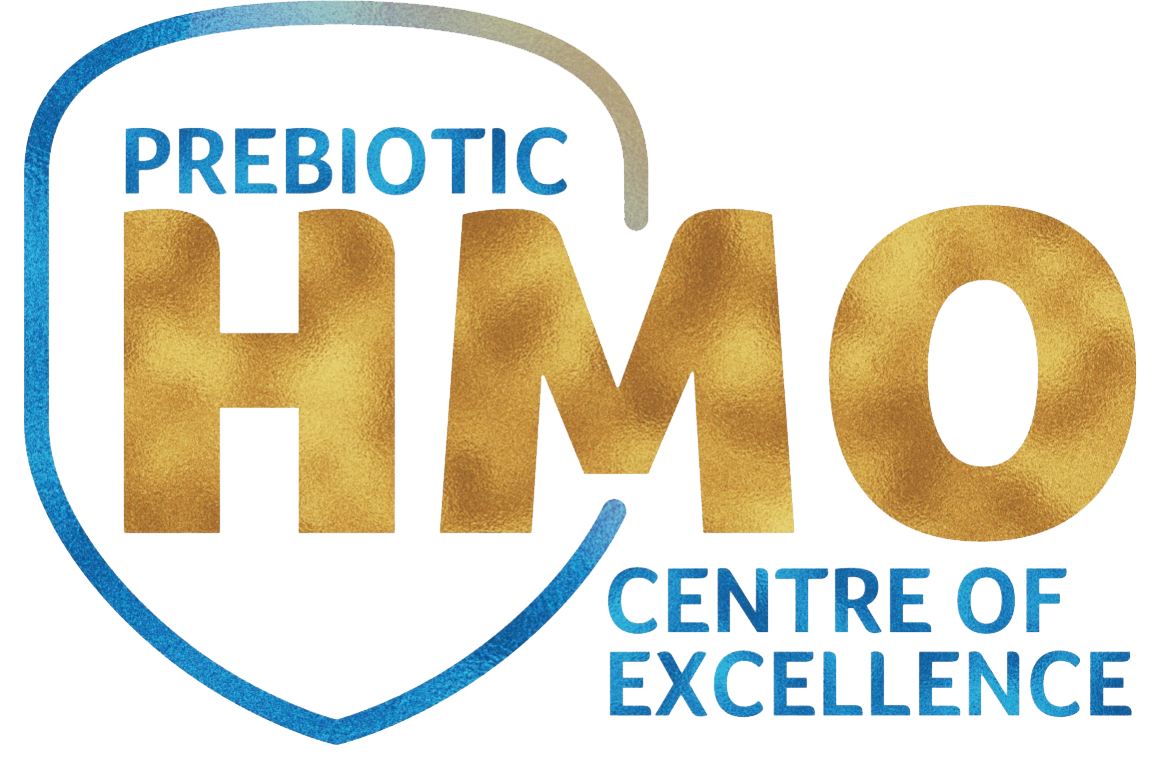
Favorable Effect Of Prebiotic Oligosaccharides On Gut Microbiota
Key takeaways
- An Infant’s diet plays an important role in establishing gut microbiota.1
- Infants on prebiotics containing diet have the fecal microbiota composition similar to breastmilk fed ones.2
Synopsis
The early development of intestinal microbiota in neonates is critical for metabolism and immune functions.1Numerous factors including mode of delivery, gestational age, antibiotic use, environment, and diet (breast milk or feed) influence the microbial composition of the infant’s gut.1,3 In particular, a diet supplemented with prebiotic oligosaccharides contribute to healthy intestinal flora during infancy.3 Evidence suggests that prebiotic galactooligosaccharides/fructooligosaccharides (GOS/FOS) mixture can produce a gut microbiota similar to that observed in breast-fed infants.4
This Journal Watch discusses a clinical study from Scientific Reports, 2019- “The effect of prebiotic fortified infant formulas on microbiota composition and dynamics in early life”
Authors: Borewicz K, Suarez-Diez M, Hechler C, et al.
What was the need for this study?2
Human milk plays an important role in shaping infant gut microbiota by providing substrate like prebiotic oligosaccharide for bacterial growth, especially in the early days of life. Studies found that prebiotics could mimic the bifidogenic effect of human milk and have been linked with improved bowel function and immunity in infants. However, the exact impact of these alternatives on the dynamics of gut microbial colonization in infants is not yet well described. In this regard, the study was conducted to get more insights into the relationship between diet supplemented with prebiotics (GOS/FOS) and the gut microbial colonization patterns in infants.
What was the study objective?2
To assess the impact of infant diets (breast milk, feed fortified with prebiotics, and mixed feeding) on the composition of fecal microbiota in 2-12-week-old infants.
Study design2

What were the important findings?2
At 6 weeks of age,
- The average relative abundance of bifidobacteria was non-significantly higher in the prebiotic (GOS/FOS) fed group as compared to the breastfeeding group (62% vs. 46%; BINGO cohort).
- The abundance of bifidobacteria in the standard feed significantly lower (without prebiotics) (17% vs. 32%; FDR < 0.05; KOALA cohort).
- Furthermore, the relative abundance of the most abundant bifidobacterium species operational taxonomic unit L2 (OTU) was similar in the breastfeed, prebiotic feed, and mixed feed group.
- In the GOS/FOS feed group, the relative abundance of pathogenic species such as Clostridium and Escherichia-Shigella was lower than the standard feed (without prebiotics) group. This result was estimated by comparing the corresponding breastfeed groups.
- • In the breastfed infants, the increase in the relative abundance of bifidobacteria was age-dependent. In contrast, infants received prebiotic feed or mixed feed showed no significant difference in the relative abundance of bifidobacteria between different age groups.
Conclusion2
Prebiotic oligosaccharides positively shape the gut microbiota of an infant by promoting the growth of specific bacteria, such as bifidobacteria that is also predominantly present in the gut of healthy breastfed infants. Hence, feed fortified with prebiotics may be better in mimicking the beneficial effects of human milk compared to standard feed. 2
References
- Kongnum K, Taweerodjanakarn S, Hongpattarakere T. Impacts of Prebiotic-Supplemented Diets and Breastmilk on Population and Diversity of Lactobacilli Established in Thai Healthy Infants. Current Microbiology. 2020 Feb; 23:1-2.
- Borewicz K, Suarez-Diez M, Hechler C, Beijers R, de Weerth C, Arts I, Penders J, Thijs C, Nauta A, Lindner C, Van Leusen E, Vaughan EE, Smidt H. The effect of prebiotic fortified infant formulas on microbiota composition and dynamics in early life. Sci Rep. 2019 Feb;9(1):2434.
- McKeen S, Young W, Mullaney J, Fraser K, McNabb WC, Roy NC. Infant complementary feeding of prebiotics for the microbiome and immunity. Nutrients. 2019 Feb;11(2):364.
- Arslanoglu S, Moro GE, Schmitt J, Tandoi L, Rizzardi S, Boehm G. Early dietary intervention with a mixture of prebiotic oligosaccharides reduces the incidence of allergic manifestations and infections during the first two years of life. The Journal of nutrition. 2008 Jun;138(6):1091-5.





